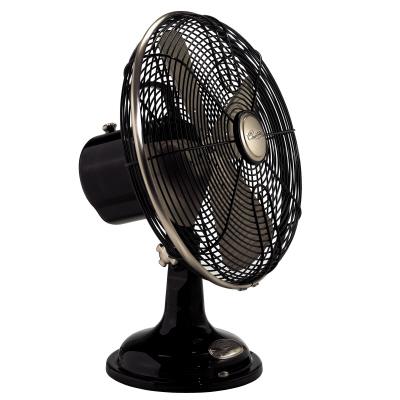Fandemonium

Travel to South Korea and purchase a regular, vanilla, oscillating fan. Plug it in and let it cool the room you are in. An hour or two later, max, you will most likely have to turn it back on. Chances are, the fan will have turned off automatically. Why?
Because, as recently as 2006, the Korea Consumer Protection Board (KCPB) believed that falling asleep with a fan running can lead to death.
On July 18, 2006, the KCPB issued a consumer advisory (archived and translated here) asserted the following:
If bodies are exposed to electric fans or air conditioners for too long, it causes bodies to lose water and hypothermia. If directly in contact with a fan, this could lead to death from increase of carbon dioxide saturation concentration and decrease of oxygen concentration. The risks are higher for the elderly and patients with respiratory problems.
From 2003-2005, a total of 20 cases were reported through the CISS involving asphyxiations caused by leaving electric fans and air conditioners on while sleeping. To prevent asphyxiation, timers should be set, wind direction should be rotated and doors should be left open.
“Fan death,” as it is called, is a commonly believed myth in South Korea. It is so common, in fact, that some South Koreans who moved to the United States for college admit to believing the myth until well after they arrived in the States, as discussed here (and be sure to flip through the comments for more examples). And the Korean Wikipedia entry for fan death (translated here) does not call it a myth, but rather “controversial.”
But “fan death,” of course, is patently false. A leading expert on hypothermia, Gord Giesbrecht of the University of Manitoba, took to the Korean press to debunk this assertion: “It’s hard to imagine, because to die of hypothermia, [one’s body temperature] would have to get down to 28 [degrees Celsius], drop by 10 degrees overnight. We’ve got people lying in snowbanks overnight here in Winnipeg and they survive. [. . .] Someone is not going to die from hypothermia because their body temperature drops two or three degrees overnight; it would have to drop eight to 10 degrees.”
Yet the myth — which has unknown origins and no scientific basis — continues to be a widely-accepted danger in South Korea to this day.
Bonus fact: According to a study published in a 2008 issue of the Archives of Pediatric & Adolescent Medicine, infants who sleep in rooms with fans running may have a lower incidence of Sudden Infant Death Syndrome than those who do not.
Related: Type Cast: Another superstition from the Pacific Rim.
Related reading: “Korean Folk Tales,” by James Riordan. If you are going to buy it, buy a used copy (for about $14); a new version runs nearly $300.

Leave a comment